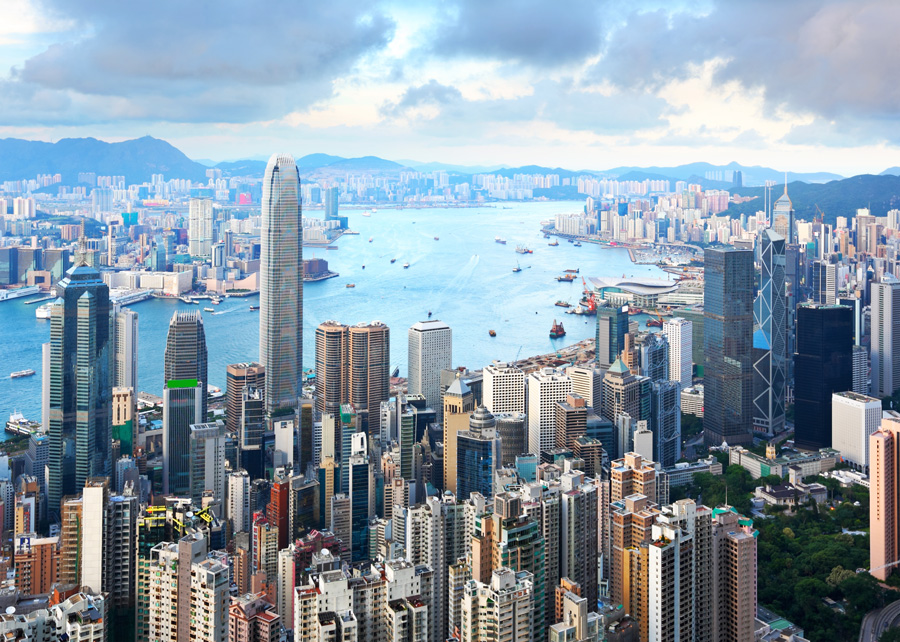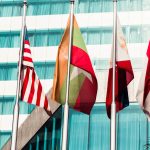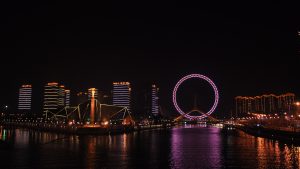by Peter Zeihan, Melissa Taylor, and Michael N. Nayebi-Oskoui
Event 3 – The Chinese discover they have no clothes (May 18)
The threat of American secondary sanctions threatens the stability of more than just Iran and Europe, it also is a mortal threat to the world’s largest oil importer: China. And it isn’t like the Chinese were not already under some fairly stupendous pressure.
Two weeks ago U.S. Trade Representative Robert Lighthizer led an all-star team to Beijing to list out the Trump administration’s trade demands. Lighthizer is an old hand when it comes to brutal trade talks. He is the trade lawyer who in essence wrote the legal backbone of what is now the World Trade Organization, and during the Reagan administration he (repeatedly) brought the Japanese to heel on a raft of trade and financial issues that the Japanese blame for many of their subsequent economic troubles.
Lighthizer brought a small army of officials with him: Treasury Secretary Steve Mnuchin, Commerce Secretary Wilbur Ross, White House Economic Adviser Larry Kudlow, and America’s ambassador to China Terry Branstad. Of them, the only face that the Chinese consider even remotely friendly was Branstad – Xi’s first trip to the United States back in 1985 was to Iowa, and he and Branstad have a warm personal relationship. It was a classic bad-cop bad-cop bad-cop bad-cop and-this-guy-will-help-you-to-
Lighthizer and Co didn’t negotiate. They simply delivered some ultimatums.
- China will unilaterally increase its imports of U.S. goods by at least $100 billion.
- China will immediately cease protections and subsidies for any sectors related to its Made in China 2025 central economic plan, as well as eliminate tariff and non-tariff barriers on those sectors.
- China will accept that it is a non-market economy under WTO rules (which would allow the United States to apply protective tariffs against Chinese exports).
- China will accept American restrictions on Chinese investment-led acquisitions in the United States.
- China will cease all technological/cyber theft as well as cease any and all policies which aim to force American firms to share technologies with China.
- China will accept American quarterly reviews on all trade policies, and pre-commit to cooperation with American findings.
- China will submit rosters of goods shipped to third countries so that China may not do end-runs around American import restrictions.
- China will abandon all WTO cases it has prosecuted against the United States as regards any of the above issues and preemptively agree to launch no new ones.
The items are notable for their unprecedented nature in the post-WWII order, their depth, how they cut to the core of the Chinese Communists government’s legitimacy, how Beijing hopes to develop the Chinese economic and political space, how China hopes to project economic power internationally, and above of all, by their deadline – July 1.

In “normal” relations such demands would all be non-starters and rejected out of hand. Instead, the Chinese sent their own delegation to the United States for talks a few days ago to see just how much wiggle room there might be with Lighthizer and Co. On May 18 the Chinese discovered that the Americans were actually serious.
As in Europe, local media in China is all aghast with how unreasonable the Americans are being. As in Europe, the real decisionmakers are being far more circumspect. President Xi has been deathly quiet. He and the politburo may have nationalist aspirations, but they fully realize the reality of global power ratios.
- The Americans are China’s single-biggest end-market and the Americans import more than triple from the Chinese than the other way around. In any tariff v tariff conflict the Chinese just don’t have much ammunition.
- The Chinese are the world’s largest exporters. Nearly all that trade is dependent upon the US dollar-denominated and SWIFT-managed trading system. Should China befall American financial sanctions the China story would crash pretty quickly.
- The U.S. Navy has ten times the power of everyone else’s navies combined. Since World War II the Americans have used that imbalance to create a unified global system. Should that commitment fail – and it is – anyone dependent upon global trade is more or less screwed. Like, say, China. Making matters worse, nearly all Chinese trade with the rest of Asia is water-borne and therefore vulnerable.
European bureaucrats don’t get that. American media doesn’t get that. But Merkel does. So does Xi. He has to. Apparently, the U.S. Treasury Secretary has already threatened the Chinese with a SWIFT cutoff.
The biggest outcome of the Lighthizer talks to date? On May 20 the Chinese and Americans indicated they’d stop publicly threatening each other with tariffs. My read is that now that the Chinese realize the Trump administration is serious, there’s no point to beating the trade war drum because that’s a field of combat the Chinese cannot hope to win on. Best to try other methods of persuasion.
(On a side note I’m quite amused that the media is making much hay about how competing agendas in the Trump administration’s senior staff are weakening the team’s negotiating strategy, as if that hasn’t been the norm for American administrations since time began. The person most in tune with Trump’s vision is Lighthizer. You can safely ignore the rest when it comes to comprehending the United States’ bottom line.)
If the Chinese are not going to have their entire economic and political system shattered by American (in)action, they have to bring something big to the table. That something would have to be on the scale of the economic demands the Lighthizer team made. I have no doubt that the talk back in Beijing today is to come up with strategic topics than can be exchanged for continuing American largess. North Korea will certainly make the list. Cooperation with the Americans against Iran – or maybe even Russia – is undoubtedly under consideration.
But time is running short, because the American shifts against Iran and China are only part of a broader pattern.








